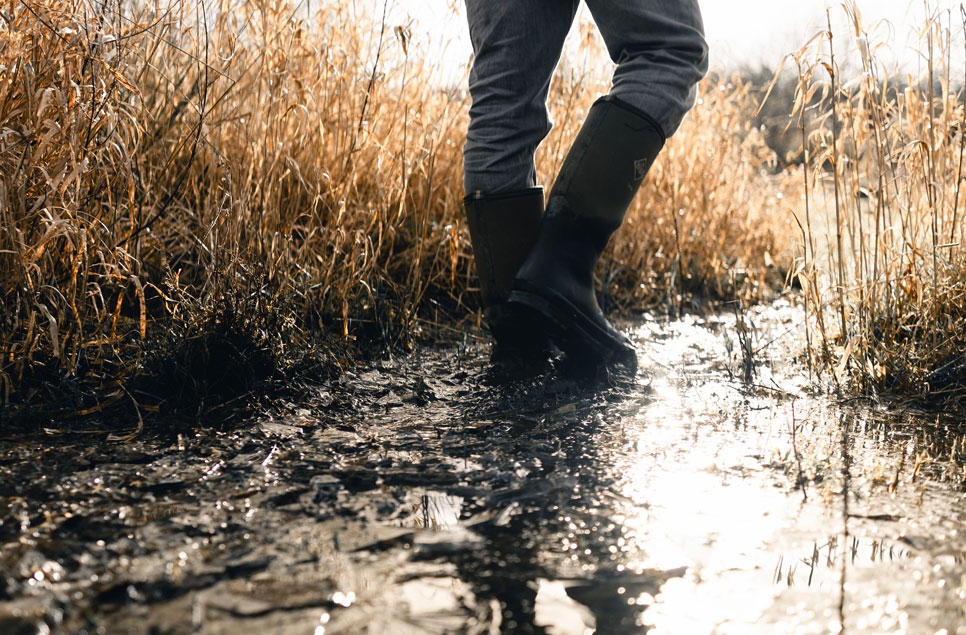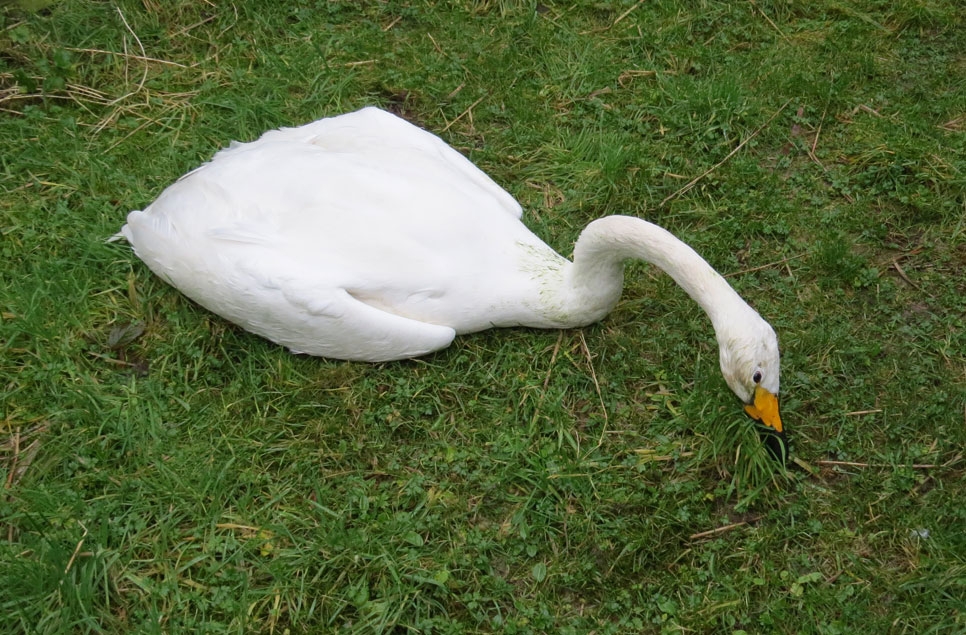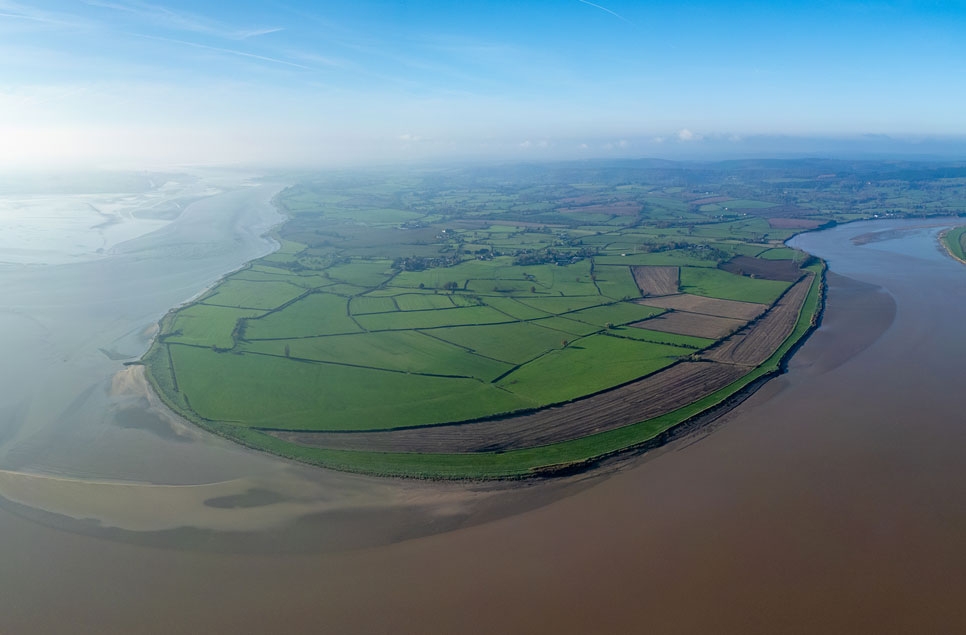New study confirms vital role of wetlands for climate change goals
A new Natural England study showing the importance of nature in hitting net zero confirms the vital role wetlands have to play in reaching climate change targets.
A new Natural England study showing the importance of nature in hitting net zero confirms the vital role wetlands have to play in reaching climate change targets.
The study on the impact of the nation’s landscape on carbon storage, Carbon Storage and Sequestration by Habitat 2021, found that many habitats, including coastal and marine habitats such as saltmarsh and sea grass meadows, can contribute significantly to helping the UK hit net zero by 2050. This is particularly key as we move closer to the 26th UN Climate Change Conference of the Parties, known as COP 26, hosted by the UK in November.
The UK government has also just announced it wants to bring forward its commitment to cut carbon emissions by 78% by 15 years – to 2035. This new target makes the role of wetlands even more important in the UK Government’s plans to tackle the climate emergency.
The Natural England study shows that saltmarsh is behind only woodland in having the greatest potential for carbon uptake – and that one rugby pitch area of saltmarsh buries the equivalent of a car’s annual carbon emissions.
Welcoming the report, WWT’s Head of Policy and Advocacy Tom Fewins said: “Wetlands are an important but undervalued carbon storage solution that are not yet included within the UK’s national greenhouse gas inventory.
“We believe this urgently needs to change, and the analysis in the Natural England report supports this.
“Wetland creation is exactly the kind of ‘nature-based solution’ approach – working with natural processes and enhancing nature to address broader societal problems – that sits at the heart of the UK’s 25 Year Environment Plan.”
The importance of wetlands is becoming increasingly recognised by Government - Rebecca Pow, Parliamentary Under Secretary of State at the Department for Environment, Food and Rural Affairs (DEFRA), said at the launch of our Blue Recovery plan in March:
“50 years on from the adoption of the Ramsar Convention, against the backdrop of the worsening climate change and biodiversity crises, the role of wetlands has never been more crucial. In order to address the crises of biodiversity loss and climate change, we must address the loss of the planet's natural wetlands.”
But we need policy support to realise our proposal for a carbon storage network which needs to take the form of:
- Information - Saltmarsh to be adequately accounted for and included within the UK’s Greenhouse Gas Inventory and Nationally Determined Contributions
- Plans – England’s Environmental Land Management Scheme defines carbon storage as a public good and supports farmers and landowners to restore, create and manage saltmarsh
- Funding - Government support for saltmarsh restoration and creation via investment from the Nature for Climate fund, as well as stimulating private sector investment via the creation and adoption of a Saltmarsh Carbon Code that sets clear standards for saltmarsh creation, restoration and management
WWT’s work at Steart Marshes on the Steart Peninsula near Bridgwater, is one good example of the way we are fighting climate change by working with nature. Newly created saltmarsh habitats bury large amounts of carbon each autumn as saltmarsh plants die back and Steart is currently burying carbon at a rate of approximately 25-32 tonnes per hectare.
“The report states that current saltmarsh extent around the UK is less than in the past and continues to decline largely due to drainage for agriculture and industrial development, and tidal separation by human-made sea defences,” Tom added.
“But it also proves the value of restoring and protecting these valuable habitats – a view that we share and have proved is possible through the creation of Steart Marshes.
“Not only are we able to use the marshes to fight climate change through carbon capture, but they are also a fantastic form of flood defence for the local community, a biodiverse area full of wildlife – and we know that wetlands can be even more beneficial for wellbeing than green spaces.
“The good news is that this year we will be extending our work at Steart through a new £1.58m grant from the UK Government’s Green Recovery Challenge Fund.”
Tom said that the report, which concluded that ‘a joined-up approach that addresses both climate change and biodiversity decline together is the only realistic way of meeting the multiple demands on our environment’, supported many of WWT’s initiatives including its Blue Recovery campaign.
“Through our Blue Recovery project we are calling for significant scaling up of wetlands by campaigning for 100,000 hectares of connected wetlands to be created or restored to help Government tackle the climate change, biodiversity and wellbeing crises,” he said.
“To meet the UK’s net zero target we need all sectors to reduce carbon emissions and to invest in nature-based solutions to provide additional carbon storage benefits. We have a great opportunity this year with the UK chairing G7 and the COP26 climate summit and promising to champion nature based solutions as a way to tackle the climate emergency.
“I am pleased to see wetlands being highlighted as one of the best ways to achieve this and look forward to WWT being at the forefront of this absolutely vital work”.


